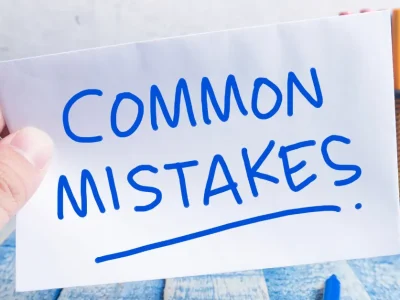At the outset, the mailbox rule seems pretty simple. You put something in the mail and you’ve accepted an offer—how hard can it be? But as with all areas of the law, the mailbox rule has nuances and exceptions. Let’s simplify those nuances so that you have a clear understanding of the mailbox rule and how it works!
As you’ll recall from your 1L days, contract formation requires both an offer and an acceptance. Under the mailbox rule, an acceptance by mail is generally effective upon dispatch. In contrast, a rejection by mail is effective only upon receipt. Things get a bit trickier when the party who received the offer (the offeree) has a change of heart. This arises in two instances:
- When the offeree sends an acceptance followed by a rejection – in which case, a contract is formed upon dispatch of the acceptance, regardless of which communication is received first. However, the offeree may be estopped from enforcing the contract if the offeror received the rejection first and detrimentally relied on it.
- When the offeree sends a rejection followed by an acceptance – in which case, the mailbox rule does not apply and the first communication received by the offeror controls—even if the offeror did not actually read it.
UWorld has created a visual to help you keep these nuances straight:
Use this chart to tackle questions on the mailbox rule in the UWorld MBE® QBank.




